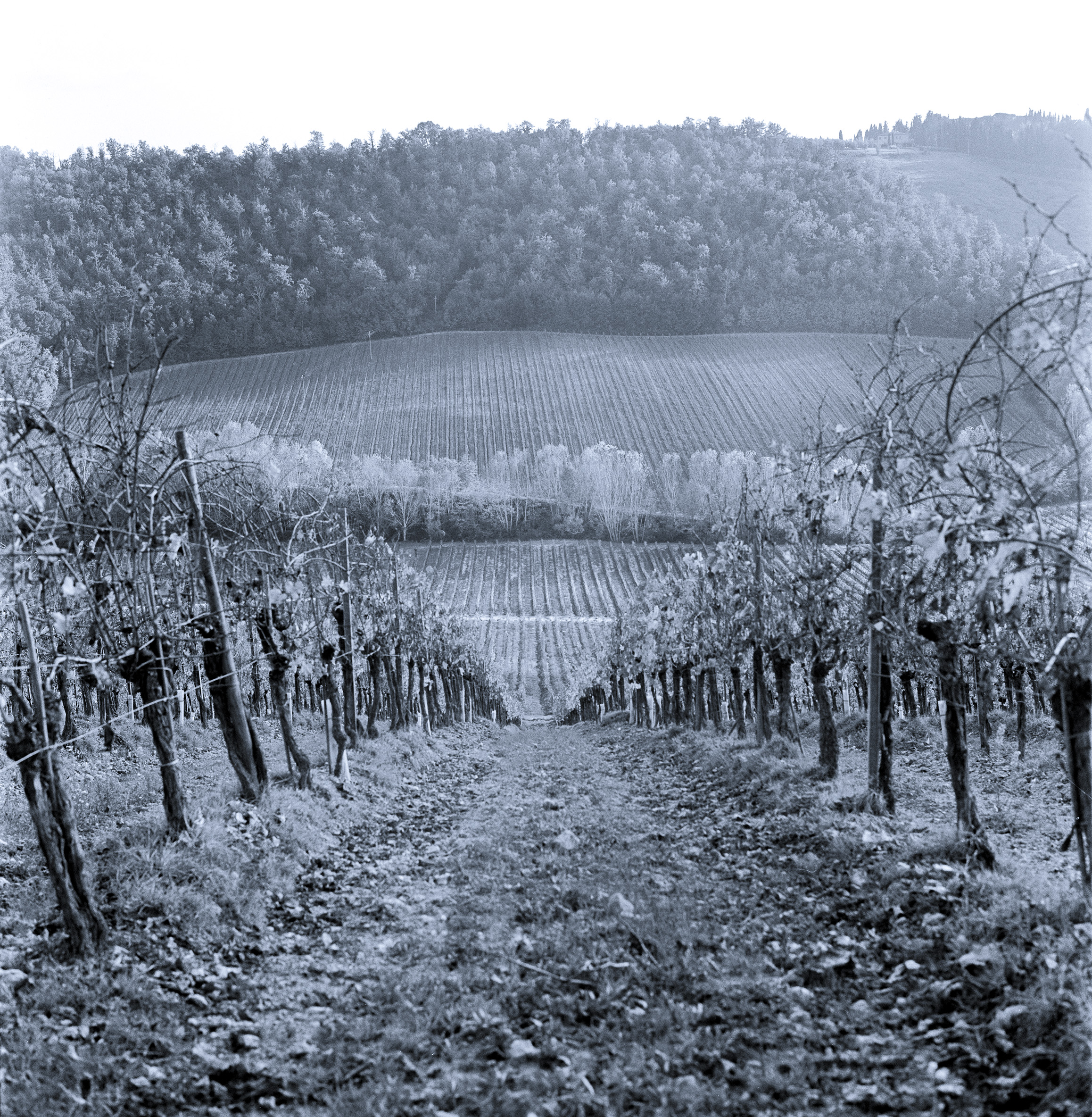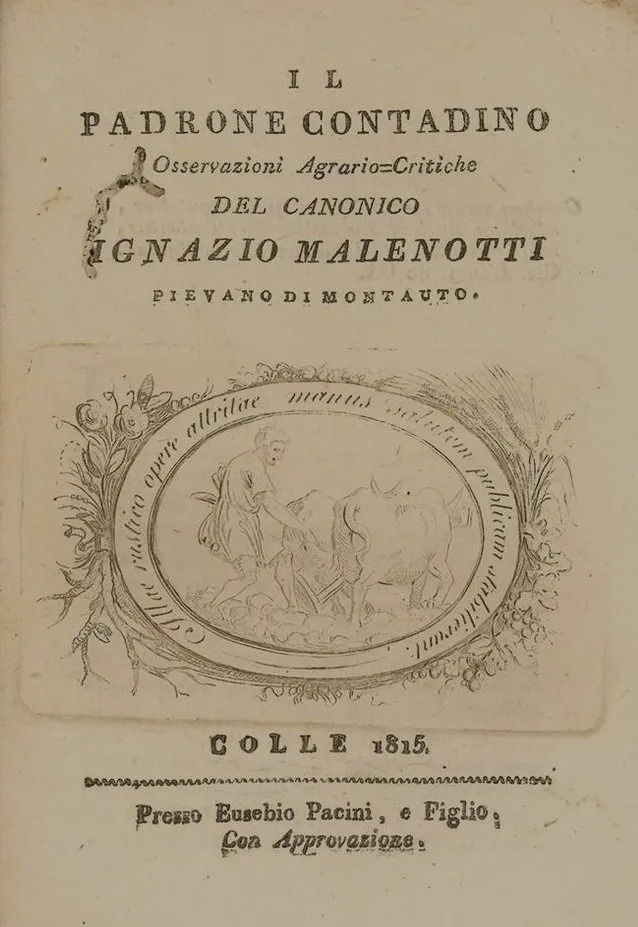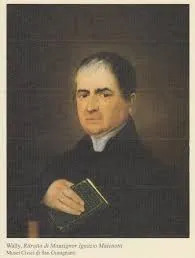(Ugo Nomi Venerosi Pesciolini, Le glorie della terra di San Gimingnano)
Montagutolo di San Gimignano
Montauto, at the time Montagutolo, was a group of houses – one of many on the hills surrounding the city, built around a castle almost always of feudal origin and a church, enclosed within a perimeter wall and dominating the countryside.
But Montagutolo had something more than other contemporary nuclei: from here it dominated not only the countryside but also the road.
Its position on one of the many routes of the most famous and busiest communication route of the Middle Ages certainly contributed to the development of this castle.
This medieval road crossed, here and there, ancient Etruscan and Roman paths and Montagutolo was particularly favored by this circumstance.
This road network therefore guaranteed Valdelsa and more specifically some villages –
including Montagutolo – opportunities for exchange and knowledge so much so that, thanks to the benefits deriving from this position and the profits that arose from it for all the areas involved, it was the urge to free themselves from feudal constraints was more easily understood by the inhabitants.
From some documents it can be seen that, around the end of the 13th century, the Municipality paid a lot of attention to the good maintenance of these places, to which the inhabitants and owners of the adjacent lands had to contribute. In this way Montauto always remained a well-populated area, thanks also to the favorable climate conditions and the fertility of the soil.

After various research, it was discovered that over the centuries the village had not only multiple landowners of various ranks and backgrounds, but also a changed use of the farms and plots. All the owners have working lands, vineyards, fields, scrub, woods and animals, entrusted to sharecroppers and settlers.
In all the properties, however large or small, we note the first attempts, in the wine sector, to reserve a small part of the arable land for vineyards. If it is true, in fact, that there was no lack of vineyards even in the 13th century and in the two following centuries, especially on the well-exposed slopes of the surrounding hills, it is however in a later period that the cultivation of vines became more extensive and more intensive, so much so as to give the landowners of the period the rightful reputation as expert winemakers.
The Montauto soil appeared particularly suitable for the production of Vernaccia and wine.
The reasons for this increased and qualified production of wine, as well as in the nature of the soil, are perhaps also to be found in the more diligent attention that the enriched merchants managed to dedicate to their agricultural possessions. In the history of Montauto, the pioneers of the production of Vernaccia are the Useppi family, who since 1538 have been the owners, in the same villa, of a vineyard called “della Vernaccia”. Through the documentation provided by a series of purchase and sale contracts and wills, we know that the Montauto assets belonging to the Useppi family were found as such until 1810.
The church of San Lorenzo was founded by the noble Subbio in the year 992.
Originally the access was on the opposite side to where we see it today, to allow easier access to the numerous inhabitants of the surrounding farms. Even today, however, we can see the entrance portal, walled up with a stone architrave surmounted by a brick arch and an infilled oculus. The bell tower was built in 1916 in stone and brick and on it were placed two bells cast by Francesco Bagnoli from Poggibonsi in 1865 decorated with friezes and four figures of saints. Inside the Church there is a large painting representing "The Virgin of the Rosary" with Saints Lorenzo, Agnese and Domenico, dating back to the year 1647 and commissioned by the parish priest of the time, Giovanni Bambi, member of the Confraternity of the Rosary, to a artist whose name is not known, out of devotion to the Madonna. At the beginning of the 15th century, the Church of San Lorenzo had a heritage that placed it in first place among all the churches in the countryside, clearly surpassed by the Hospitals of Santa Fina, by far the richest of all. Over the years, the parish of Montauto seemed to enjoy substantially acceptable conditions until Canon Ignazio Malenotti took possession of it in 1810 and revealed that the possessions were not being exploited to the maximum and in the best way.
In 1810, Canon Ignazio Malenotti, an agronomy expert and member of the prestigious Georgofili Academy of Florence, arrived in Montauto. Malenotti was important for Montauto as he participated intensely in the daily life of the farmers, caring not only for their souls but also for their minds in order to fight ignorance and create the conditions to survive in an acceptable way. This was the reason for his fame in a difficult moment in the history of the county.
Due to his cultural, historical and religious preparation, he was one of the most enlightened parish priests of his time. His passion for the land and for the work of the fields, his attention to the social conditions of the farmers and the desire to improve their quality of life, made him a priest well beyond the times in which he lived.
“I – wrote Malenotti in 1818 – live buried, I would say, constantly in the countryside and I love with an inexpressible ardor to engage in an art praised by the wise, but unfortunately reviled and trampled upon by the ecclesiastical class”.
Dragged by his passion and constant attention to the land, Malenotti observed the other owners and followed their activities with interest as soon as he noticed some innovative ambition in them, just as many people from San Gimignano followed with interest the renovation work carried out by Malenotti himself.
The Canon managed, in his own small way, to reconcile his ideal with practical implementation. In fact, he writes in his “Vignaiuolo” that he owes a lot to the help and support of his farmers Piero Bianchi and Angiolo Papanti, who managed with him to plant and take care of so many vines on his farm in Montauto that they obtained beautiful grapes suitable for making good wine.


The “Castello di Montauto” agricultural company has been operating in the vineyards around the village of the same name since the 1980s, continuing a winemaking activity that has been handed down for many generations over the centuries.
The usual attention to environmental impact and the desire to get the best from the available territory leads the company to plant approximately 48 hectares of vineyards out of 82 owned.
In 2021 the agricultural company decides to expand its resources by becoming a Farmhouse and making five apartments and a villa available to give anyone the opportunity to enjoy the splendid view of the San Gimignano countryside and to stay in a village so rich in history and value .
Year after year, the property consistently strives to make the structure increasingly suitable for its guests, increasing the range of services and promoting quality stays, respecting the territory and with the collaboration of the local community.